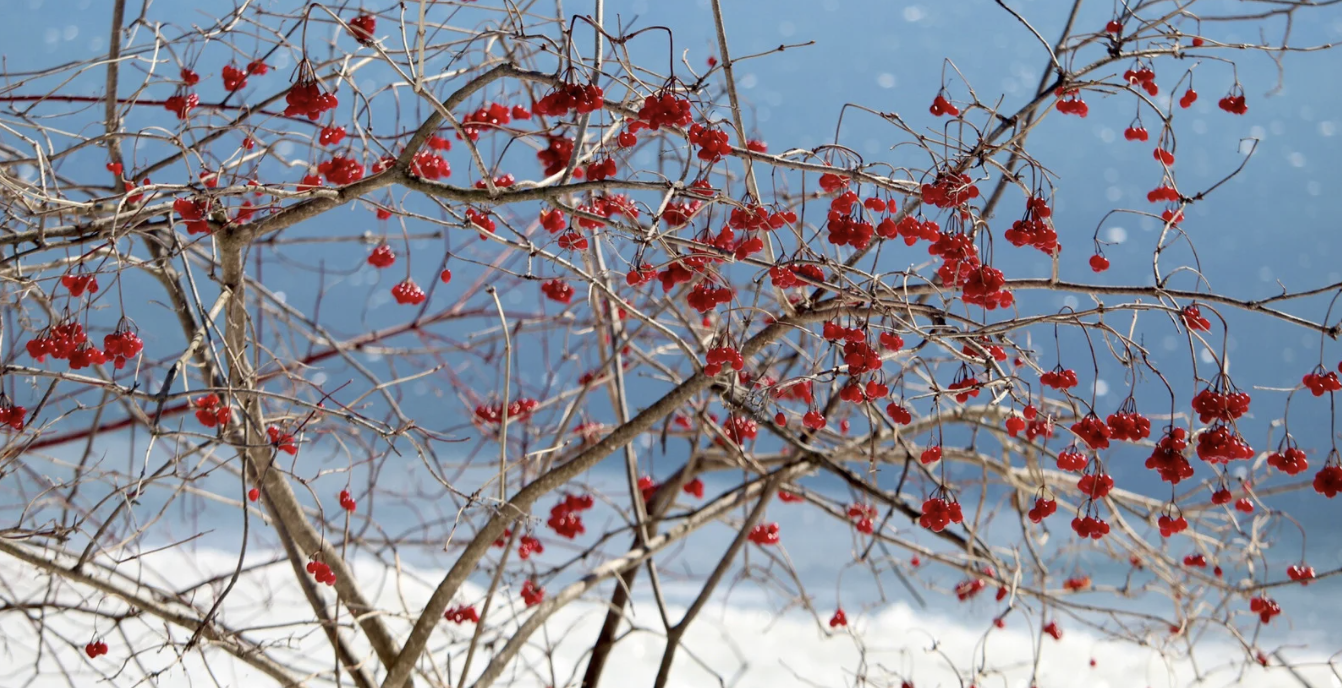December is the time to prepare your garden for winter, protect plants, and get organized for the next growing season. For gardeners in different USDA zones, tasks may vary depending on the local climate. Here’s a guide for December gardening chores by USDA Zone to help you stay on top of seasonal tasks and enjoy a beautiful, thriving garden year-round.
Zone 4
In Zone 4, winter is already in full swing, so your focus should be on protecting your plants and preparing for a cozy season indoors.
• Wrap Young Trees: Protect the trunks of young trees by wrapping them to prevent winter damage. Wrap multi-stemmed shrubs with chicken wire or hardware cloth to deter rabbits.
• Tool Care: Clean garden tools with a wire brush, oil them to prevent rust, and sharpen edges. Sand wooden handles and apply linseed oil for longevity. Use Ecoworm Potassium Soap for a natural cleanse.
• Mulch Beds: If not already done, add a layer of mulch over planting beds and root crops like carrots, parsnips, and potatoes for insulation.
Zone 5
For Zone 5 gardeners, winter maintenance and a bit of holiday gift planning are on the agenda.
• Gift Memberships: Consider memberships to botanical gardens or arboretums as thoughtful, plant-loving holiday gifts.
• Drain Machinery: Before storing your lawn mower or tiller, drain the fuel to prevent engine damage.
• Review Garden Notes: Take time to update and expand garden notes, which can be helpful for planning next year’s garden.
• Harvest & Mulch: Add mulch to root vegetables and cover perennials to protect them from fluctuating temperatures.
Zone 6
Zone 6 gardeners should focus on protecting tender plants and preparing for early spring.
• Mulch and Protect: Apply mulch around perennials and vegetable beds, especially over root crops you plan to harvest over winter.
• Winterize Tools and Machinery: Clean and oil tools, and drain fuel from any garden machinery to store them safely.
• Reflect on the Past Season: Start reviewing this year’s gardening notes to prepare for a productive season in spring.
• Compost Care: Turn your compost pile one last time, then cover it to prevent nutrient leaching from winter rains.
Zone 7
In Zone 7, you can still enjoy some harvest and garden maintenance tasks while preparing for colder days.
• Late Harvests: Pick winter-hardy vegetables like Brussels sprouts, kale, and cabbage, which can withstand cooler temperatures.
• Mulch and Cold Frames: Mulch beds for early spring crops and protect hardy seedlings with cloches or cold frames.
• Protect Plants and Structures: Wrap young tree trunks to prevent frost damage, and consider using a protective cage around low shrubs.
• Tool Maintenance: Sand and oil tools to prevent wear and tear and make any repairs before spring.
Zone 8
Zone 8 gardeners can continue to plant cool-season vegetables while preparing for frosty weather.
• Cool-Weather Crops: Sow hardy greens like kale and cabbage. You can also add herbs such as parsley and thyme for a winter kitchen garden.
• Add Color: Brighten up your garden with winter blooms like pansies, snapdragons, and petunias.
• Inspect for Pests: Indoor plants need extra care in winter—check them regularly for pests, and adjust humidity as needed.
• Composting Tip: Use fallen leaves as a carbon source for your compost and as mulch to insulate beds and improve soil health.
Zone 9
In warmer climates like Zone 9, December offers opportunities for planting and garden maintenance.
• Winter Blooms: Plant colorful winter flowers like petunias, pansies, and snapdragons.
• Seasonal Herbs & Vegetables: Plant herbs such as sage, fennel, and cilantro, along with cool-season vegetables like lettuce, carrots, and celery.
• Inspect Indoor Plants: With cooler temperatures indoors, be vigilant about pests and make sure light and humidity are adequate for your plants’ needs.
• Compost and Mulch: Use fallen leaves for composting and mulching to enrich soil while keeping weeds at bay.
Zone 10
In Zone 10, December is an ideal time to continue planting and protect plants from occasional cold snaps.
• Colorful Additions: Plant begonias, impatiens, and geraniums for winter color. Herbs like thyme and cilantro also thrive in cooler weather.
• Plant Seasonal Vegetables: Sow cool-season crops such as broccoli, carrots, and kale to enjoy fresh produce through winter.
• Keep an Eye on Watering: Dry, warm days may still require occasional watering, but adjust based on rainfall and signs of plant stress.
• Prepare for Cold: Protect tender plants like orchids, tomatoes, and impatiens from potential frost by covering or moving them indoors if needed.
Tips for All Zones
• Give a Gift That Grows: Consider memberships to botanical gardens or nature centers for a meaningful holiday gift.
• Start Planning for Spring: Now is a great time to reflect on the past growing season, make notes, and outline your goals for next year.
• Minimize Salt Use: Rock salt can harm nearby plants. Opt for plant-friendly de-icers or sand for sidewalks and driveways.
• Winterize Your Tools: Clean, sharpen, and oil garden tools, ensuring they’re ready for use when the soil thaws.
By following these December gardening tasks for your USDA zone, you’ll be able to protect your plants, plan for next season, and enjoy a restful winter knowing you’re prepared for spring! Whether you’re adding winter color, harvesting the last of the cool-weather crops, or dreaming up next season’s garden, December is a time for reflection, maintenance, and giving back to your green spaces.


Comments are closed